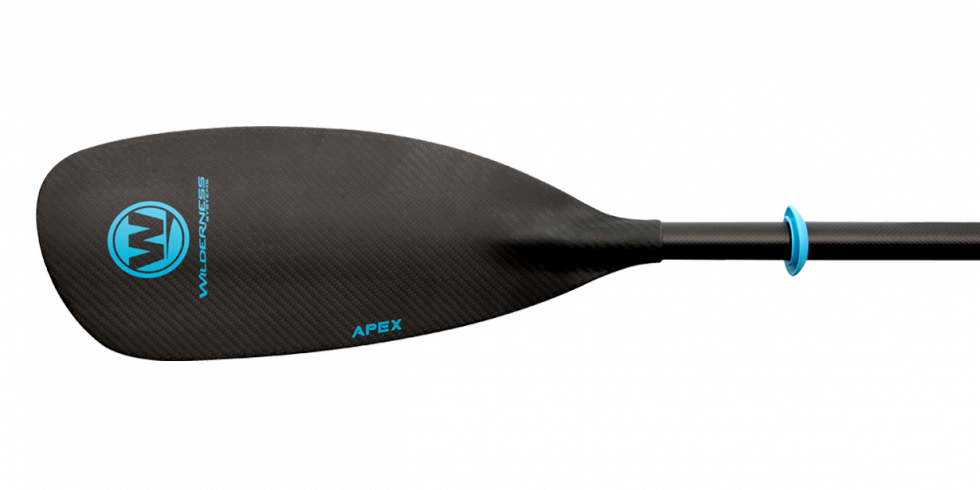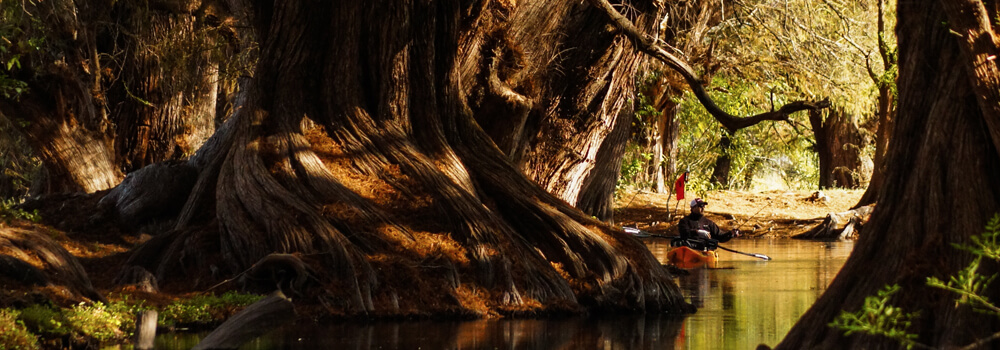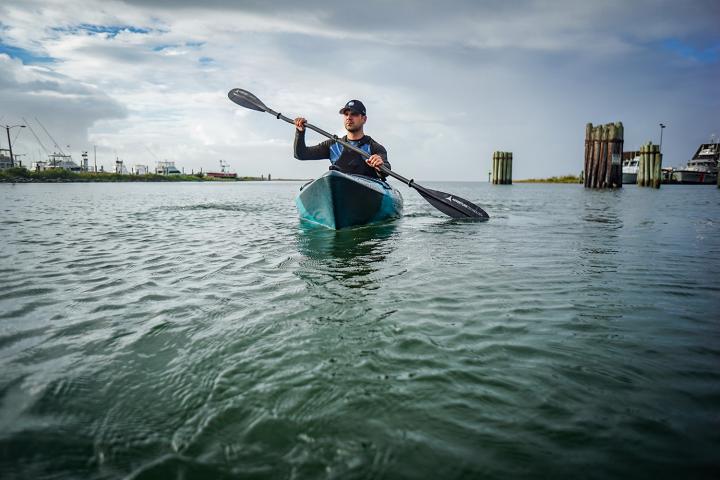
Apex Carbon (2 Sizes)
The Apex Rec/Touring Carbon paddle weights just 27 oz and is the lightest option in the Apex series.
Learn More
The Apex Rec/Touring Carbon paddle weights just 27 oz and is the lightest option in the Apex series.
Learn MoreJoin the Wilderness Systems Email Community
Be the first to know about new products, team news and events.



Sean Morley knows a few things about going fast. He’s held kayak speed records for crossing the Irish Sea, circumnavigating Vancouver Island, and paddling 4,200 miles around the U.K. and Ireland, solo. No matter what kind of kayaking you do, Morely says the fundamentals of efficient paddling are the same. “It really is a whole-body exercise. The best paddlers apply power through the torso and down to the feet.”
ROTATION, ROTATION, ROTATION: The key to efficient paddling is torso rotation, which allows you to use the powerful muscles of your torso and lower body to move the boat. Proper rotation requires good posture, so the first thing to do is sit up straight with your spine pressed against the back of the seat. This allows you to rotate your whole torso, from the shoulders right through to the buttocks. Try this drill: Rotate forward and touch the power face of the blade to the opposite side of the boat.
 GRIP THE WATER: Think of the paddle blade as an extension of your palm, and use it to grip the water. The point is not to pull the paddle through the water; it’s to push the boat past the blade. Place the blade as close to the hull as possible, and make sure it is securely planted before you apply power. A good catch is almost silent. Spear the water. You want to avoid the plop and minimize the splash.
GRIP THE WATER: Think of the paddle blade as an extension of your palm, and use it to grip the water. The point is not to pull the paddle through the water; it’s to push the boat past the blade. Place the blade as close to the hull as possible, and make sure it is securely planted before you apply power. A good catch is almost silent. Spear the water. You want to avoid the plop and minimize the splash.
A WHOLE-BODY EXERCISE: Apply power to the paddle by unwinding your torso. You should feel the connection from the face of the blade all the way to your feet. Your arms remain straight but not locked—their primary role is not to generate power, but to transfer force generated by the much larger muscle groups of the torso, hips and legs. Try this drill on land: Sitting in the catch position with a partner standing to one side, brace your foot against your partner’s and hook the power face of your paddle blade behind his calf. When you apply pressure you’ll feel the full-body connection. Then try it without bracing your foot.
RELEASE AT THE HIPS: To maintain the best grip on the water, the paddle blade needs to be in completely in the water. The blade should arc from a spot just outside your toes at the catch, to a place about 18 inches outside your hips at the release. It’s not a straight line. It’s more like a J. The stroke becomes much less efficient when the hips pass in front of the blade, so resist the temptation to lengthen the last part of the stroke.
RIDE THE GLIDE: Let the kayak run as you rotate forward toward the next catch. This “air time” gets the most out of efficient power application. It gives you a moment to relax, and also to think about fundamentals: a relaxed grip, loose hips, and rotation, rotation, rotation.